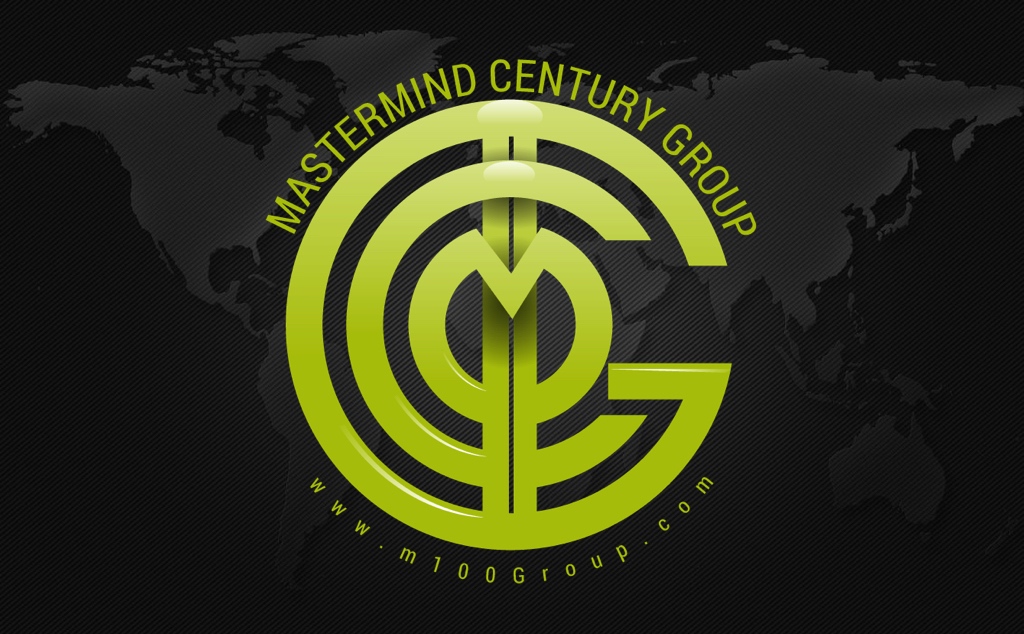A version of this post appears on the GiANT Worldwide blog as well
I am one of those annoying individuals who simply loves the New Year. It’s a clean slate, a chance to start over. After a certain point, though—anywhere from one to three weeks—the euphoria begins to fade and I always seem to gravitate back to simply living. You, too?
What if we could really get our goals to stick this year? As of this posting, we are hitting the end of January, and the craziness in the gyms is starting to slow down, and people are starting to go back to life as normal. Is that what we want? A normal life? It’s not too late to make those goals work this year.
Many believe it takes about 3 weeks for a new habit or resolution to jell—a concept popularized by Dr. Maxwell Maltz in his 1960 book Psycho-Cybernetics. Maltz says, “These, and many other commonly observed phenomena tend to show that it requires a minimum of about 21 days for an old mental image to dissolve and a new one to jell.”
Note Maltz says a minimum of 21 days, and that depends on the goal, the person, and the situation. More recent research by Phillippa Lally suggests that on average, it takes more than 2 months before a new behavior becomes automatic — 66 days to be exact.
The 100-Day Plan
If it takes 66 days for the behavior to become automatic and we seek improvement, it will take longer to actually measure the improvement. I’ve used the 100 day plan in every command and leadership position I’ve held. If its good enough for the President of the United States, it can work for us, too. So, lets set our goals for 100 days. It sets the tone for an incoming President and it helps set the tone for our new year as well.
Next, if we want to reach our goals, we have to mentally see them and then physically write them down. Just visualizing them is not sufficient. Writing down goals forms a critical transition between simply being interested in a goal to being committed to it. After all, a goal without a plan is just a dream.
Technology is my friend here (usually). Get an app or two to help. I use Jawbone’s Up App and Up Band 3 to track my physical goals. I also use Wunderlist to track my mental goals and to-do lists. And I use Evernote’s vJournal to track my Spiritual goals.
Now that we understand the 100 Day time horizon, we need a plan if we are serious regarding life changes, and more importantly life improvement. As an ENTJ Pioneer, I really like to break things into steps. That’s the “J” part of my personality type. The fewer the steps the better, so for change and resolution here’s my five-step system for you to follow:
First: Define the goal. Analyze how the actual problem makes us feel and visualize the changes to our life once we resolve the issue.
Second: Plan our change program and establish subgoals. Whatever we are setting out to do, the plan simply must be sustainable. Think about that: can I really do this, not just for 100 days, but for the rest of my life? Big goals are awesome, but what are the steps to get there?
Third: Commence to getting rid of negative behaviors. Control our environment to reduce exposure to temptation.
Fourth: Hang tough—even if we suffer an occasional slip.
Fifth: Persist. While some people overcome their problems for good, many of us relapse. Establish a healthy lifestyle that works directly against our problem behavior.
This sounds easy when I type it out, but honestly changing behavior, reaching lofty goals, simply bettering ourselves is one of the toughest things we will do in our lives. We really can change virtually any voluntary behavior, but we must include monitoring and logging our progress, setting and honoring our goals, rewarding ourselves when we do well, and changing our environment so it supports and does not impede our change program.
Disregard the Myths
Finally, let’s get a couple of myths out of the way now so we can simply move past those and start our 100 day plan. We’ve all heard them—and I used to believe them:
“People can’t change on their own,” NOT TRUE! Upwards of 75% of people who successfully change negative behaviors do so without professional help.
“Most goals and resolutions are trivial.” We can indeed carry out major changes; we can stop addictive behaviors, lose weight, earn degrees, save money, start a business, etc.
“Change requires only willpower.” Willpower is crucial to any true reform effort. But it is only one, and not necessarily the most important, element in the change equation.
“It’s all in my genes.” Biology predisposes us to certain tendencies, but it does not determine who we are. Our behavior affects our biology much more than our biology affects our behavior. Remember nature (biology), nurture, and choice equate to our “leadership” behaviors.
“I can’t change; I’ve tried before.” This embodies the cognitive error of overgeneralization. Most people who try to improve themselves proceed incorrectly. Anyone can change if they use the right approach.
Take another quick look at the steps above and remember: clearly define the change you want to make! “A goal properly set is halfway reached.” ~ Zig Ziglar.
It’s only 100 Days: less than 1/3 of the year, 2400hrs. And it’s your life—give it a go!



 If you set goals and go after them with all the determination you can muster, your gifts will take you places that will amaze you.
If you set goals and go after them with all the determination you can muster, your gifts will take you places that will amaze you.